Here are some of the most underrated movie entries of the year 2020. 2020 witnessed sparse blockbuster releases, although matching the record-breaking box office heights (Avengers: Endgame, Joker) of 2019 would have been difficult even without the onset of the pandemic.
However, the unprecedented drop in the box office due to the delayed release schedules of the most-anticipated film was something no one had foreseen. Movie-viewing experiences have undoubtedly shifted to the digital realm, allowing certain independent ventures to come to the limelight. Although, this phenomenon has inadvertently led to certain hidden gems to go unnoticed, granting them the oft-debated “underrated” status.
Such films end up getting overlooked due to a plethora of factors, including incomprehensive critical evaluation and poor marketing efforts. Here are some of the most underrated movies of 2020, ranging from the fervently evocative, to the deeply unsettling.
12.The Other Lamb
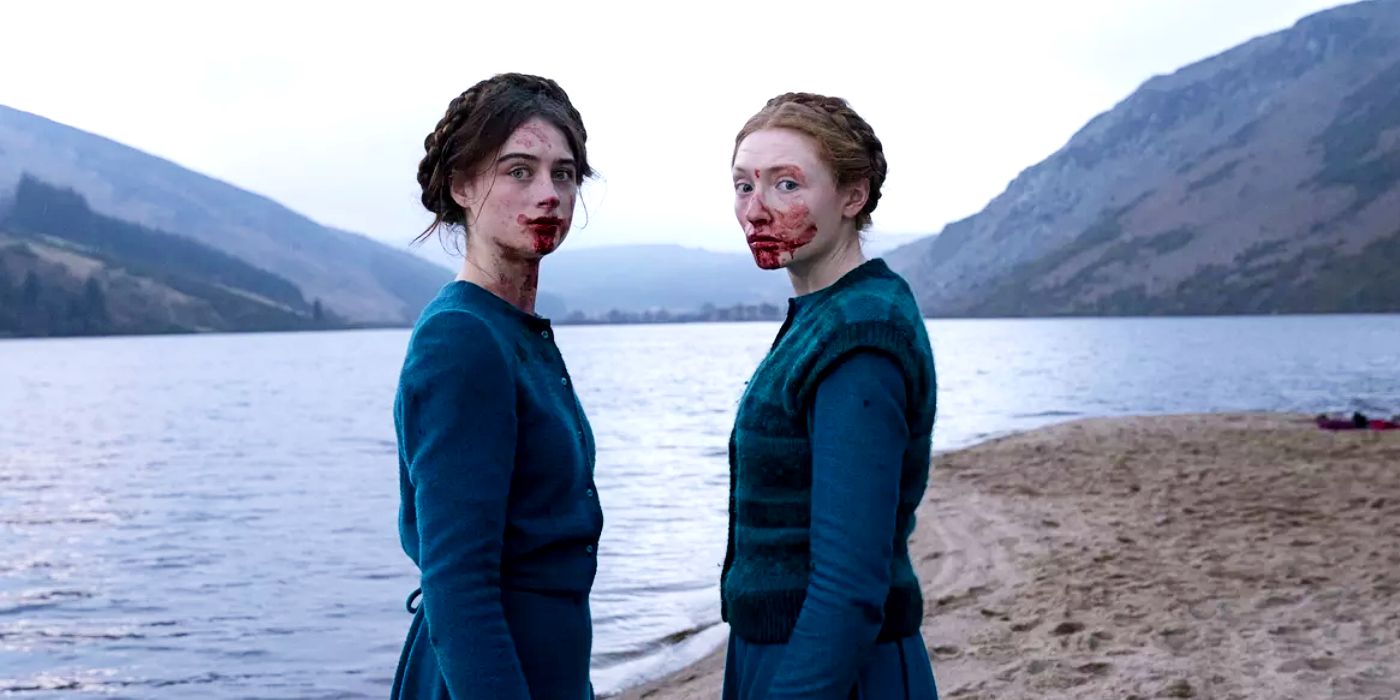
Małgorzata Szumowska’s English language debut, The Other Lamb, chronicles the tale of an all-female religious cult headed by a toxic male leader called The Shepherd (Michiel Huisman), who leverages his charisma to endorse regressive gender norms and cleverly-concealed sadistic acts. Like most cults, the status-quo between leader and follower is rooted in manipulation and gross power play, wherein this dynamic raises questions worth considering. As the human will is naturally averse to being shackled, what are the inherent reasons behind a collective coming together to devote themselves to a way of life so degrading, damaging, and unhinged?
The answers are not simple, as several psycho-social factors are at play here, explored in prominent films such as The Wicker Man and Midsommar. The Other Lamb tackles this premise through the lens of Selah (Raffey Cassidy), who grows up to harbor misgivings about the leader, as his iron-grip of control prevents the women from exercising independent thoughts or actions. Selah’s core belief system shatters when she begins to unravel the dark truth behind the leader’s machinations, giving way to an aura of lingering uneasiness. The Other Lamb also delves into the surreal through its dream sequences, the end results being stunning to behold. However, the ending seems abrupt, as the narrative could have been much more impactful, given its poignant premise.
11. Horse Girl
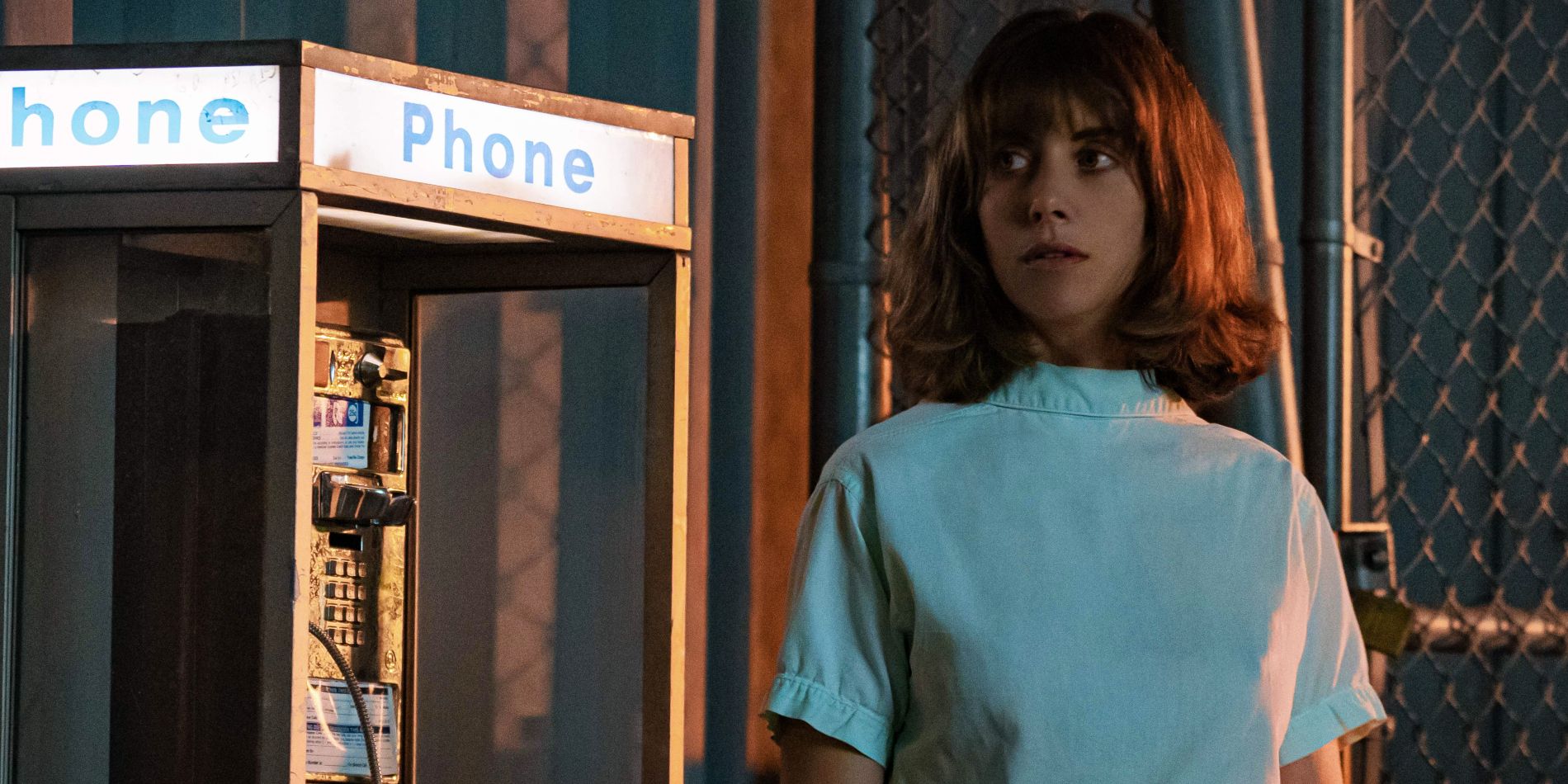
Directed by Jeff Baena and co-written by Alison Brie, Horse Girl follows Sarah (Brie), a socially-awkward and uncertain woman, who seems to perennially harbor a deep sadness within. Sarah leads the quintessential quiet life while working at a craft store and binge-watching her favorite sci-fi series, Purgatory. However, beneath this quaint setting hides something truly sinister, as, after a few minutes into the film, it becomes clear that Sarah is not who she seems, as people around her seem especially wary of her, as she exhibits signs of someone having lost a grip on reality.
Sarah’s paranoia is rendered in subtle visual cues, including unexplained memory lapses, deja vu-fueled perceived glitches in reality, and an obsession with her ancestry. This culminates in terrifying lucid dream-states, evoking questions Horse Girl struggles to answer. The divide between reality and delusion becomes so wide by the end, that Sarah’s descent into madness is presented as a natural end-point, a destined trajectory, that cannot be influenced, derailed or altered. Nevertheless, Alison Brie’s performance as Sarah is a testament to her range, especially when her vulnerability reaches a tipping point during certain intense, unsettling scenes.
10. The Photograph
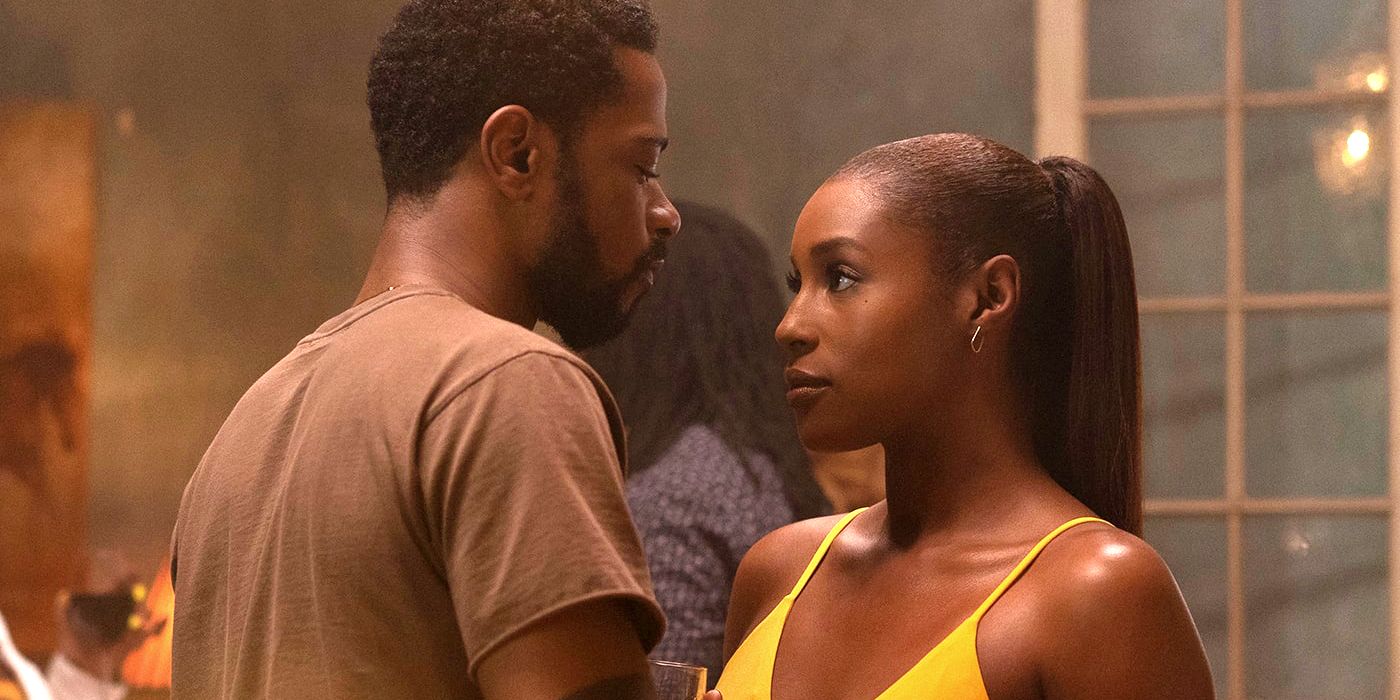
Few romance-centered movies are able to create a story worth rooting for, wherein the leads share a genuine, electric spark that appears serendipitous in nature. The story of journalist Michael (LaKeith Stanfield) and museum curator Mae (Issa Rae) reflects this elusive sentiment, in which the two meet after the former stumbles upon the photographic work of the latter’s late mother while researching an unrelated story. The Photograph is a saga of love spanning decades, one that eclipses the limitations of space and time.
Writer-director Stella Meghie sets up the narrative in a way that leaves audiences actively wanting the leads to get together, as the duo seem drenched in intoxicating chemistry. The film develops like a beautiful dream, as it explores the regrets, motivations, and histories of the titular characters while punctuating it with another love story between Christina (Chanté Adams) and Isaac (Y’Lan Noel). This constant shifting of focus makes The Photograph hamper its narrative momentum, despite crafting rich inner lives that contribute greatly to these endearing characters. Visually, the film is sublime, perhaps too much, as it lends an aura of artificiality to an otherwise authentic tale.
9. Emma
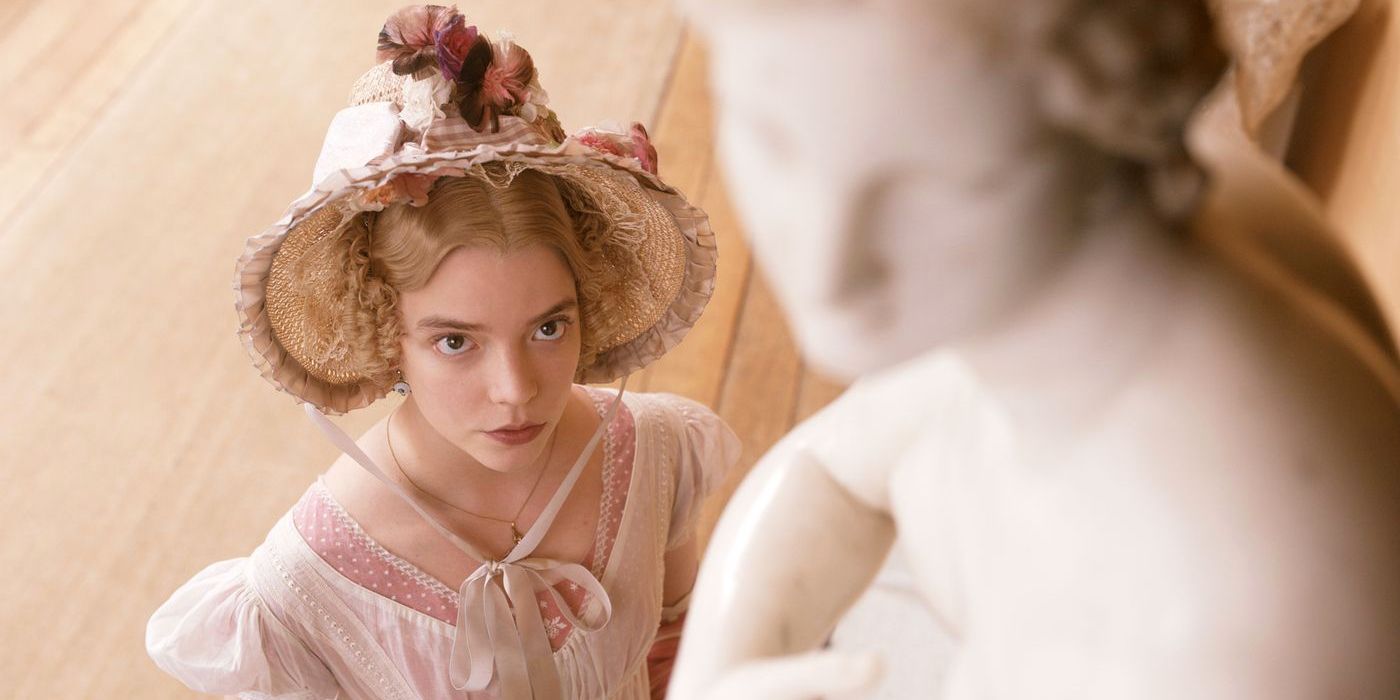
Autumn de Wilde’s directorial debut came about in the form of a delightful adaptation of Jane Austen’s eponymous novel, Emma, a film that occupies the sweet spot between narratively realistic and artfully stylized. Emma (Anya Taylor-Joy) is a rich, “handsome” 20-year-old, who, due to her vast wealth, does not experience the societal compulsion to marry but instead revels as a matchmaker – a position of privilege for a woman in the Regency period. Mr. Knightley (Johnny Flynn) starts off as a friend to Emma, and the two gradually develop feelings for the other, which reaches a point wherein the emotions become undeniable, urging the need to be confessed.
Perhaps the best thing about Emma as an Austen adaptation is the way in which nudity is approached, presented as a natural aspect of the characters’ everyday lives, instead of a medium for titillation. Both characters are made to come directly to terms with their inherent flaws, granting a thread of relatability despite being set in a time period aloof from the present. Apart from this, the characters of Harriet (Mia Goth), Miss Bates (Miranda Hart), and Mr. Woodhouse (Bill Nighy) add an air of levity to this adaptation, imbuing the film with a heartfelt emotional center.
8. The Vast Of Night
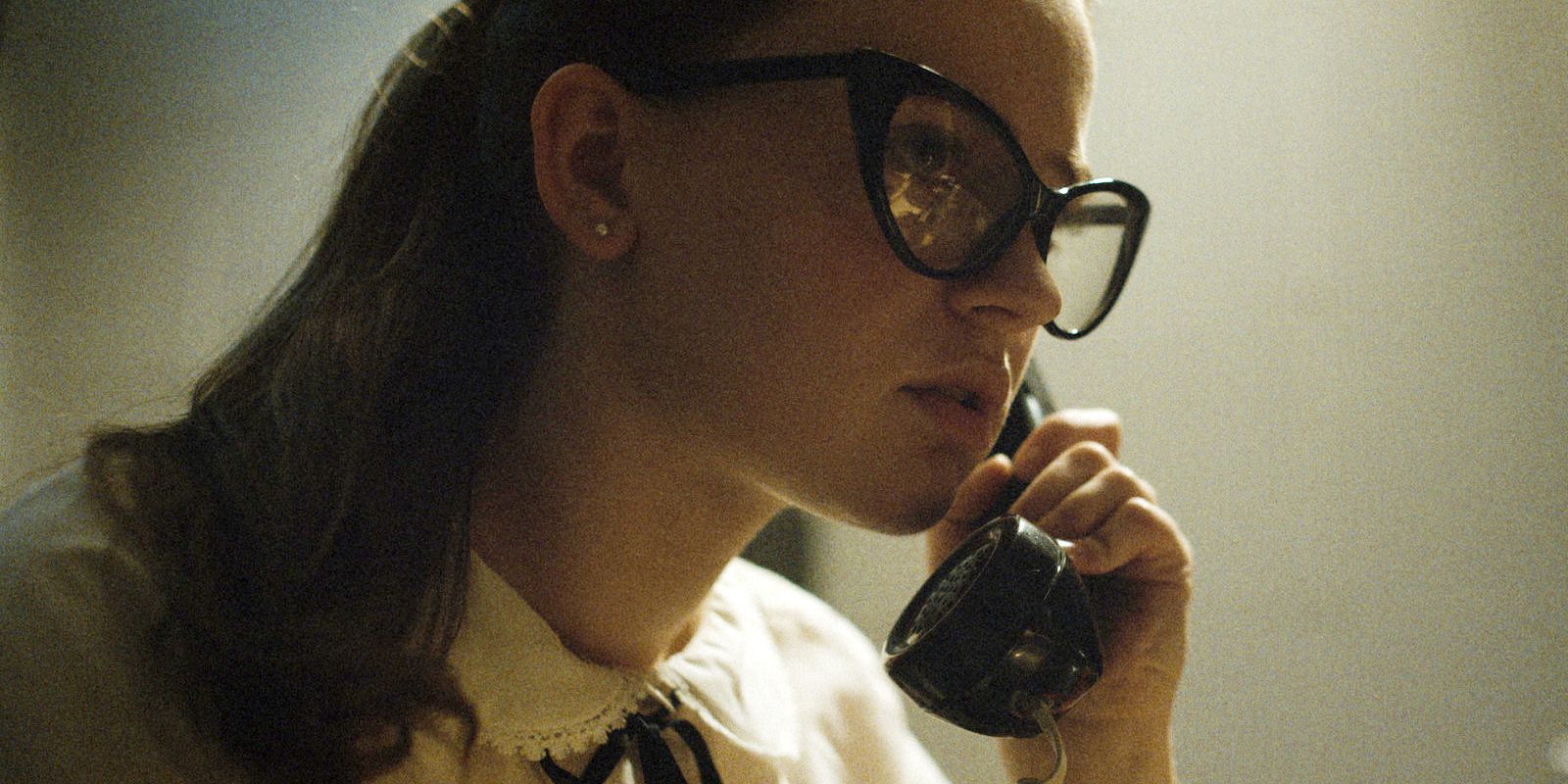
Some towns inherently carry an uneasy heaviness within their confines, one that is unexplainable, yet alarmingly ever-present. The fictional town of Cayuga in The Vast of Night is one such place, wherein a DJ and switchboard operator, namely Fay (Sierra McCormick) and Everett (Jake Horowitz), respectively, stumble upon an unsettling hum that the duo decide to play on-air. This decision triggers events that step over the threshold of the preternaturally strange, building solid, evocative moments that rely upon smartly-placed sonic cues. Director Andrew Patterson utilizes claustrophobic and menacingly open spaces alternately to create a frenetic rhythm, much like the inexplicable hum that seems to have ties with covert government operations. These elements work extremely well within the fabric of the narrative, making The Vast of Night a solid entry in the science fiction genre.
7. Color Out of Space
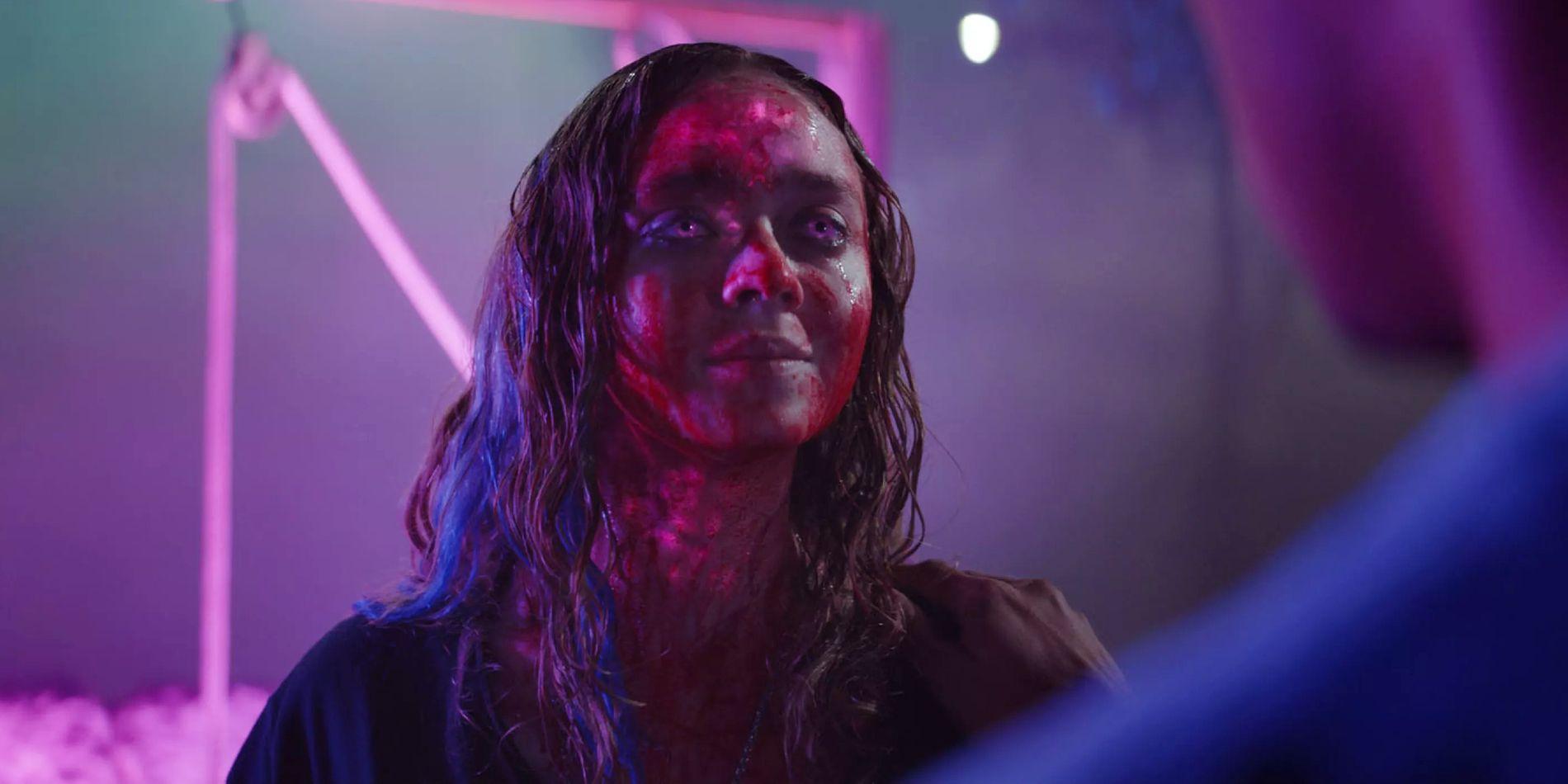
Director Richard Stanley is best known for his cult classics Hardware and Dust Devil, films that are a hellish mix of cultural fantasy and personal inclinations. Based on H. P. Lovecraft’s eponymous work, Stanley’s Color Out of Space manages to capture the unexplainable dread that pervades the genre of cosmic horror, with the aid of otherworldly hues and a setting in a quaint farm owned by the Gardners, who move here to escape the drudgery of the city. The film opens with Wiccan Lavinia (Madeleine Arthur) performing a healing ritual for her mother Theresa (Joely Richardson), who seems to be gradually recovering from cancer. Her dad Nathan (Nicholas Cage) takes up farming with much gusto, doing his utmost best to adjust to a rural existence by rearing alpacas and growing produce, while taking care of his three children, namely Lavinia, Benny, and Jack, who struggle to adjust to their new way of life.
Life in the fictional town of Arkham seems quaint until a meteor fragment lands on the Gardner front yard, emitting a pinkish-purple glow. Strange occurrences ensue, including the contamination of the local water supply and the alpacas producing blood instead of milk. Mutations of the landscape, along with the living beings that inhabit it accelerate, leading to a frenetic second half that culminates in pure madness and horror. Color Out of Space is a cinematic experience like no other, armed as it is with breathtaking visual poetry and a haunting Lovecraftian atmosphere that drips with hallucinogenic mood, and something much more sinister.
6. Swallow
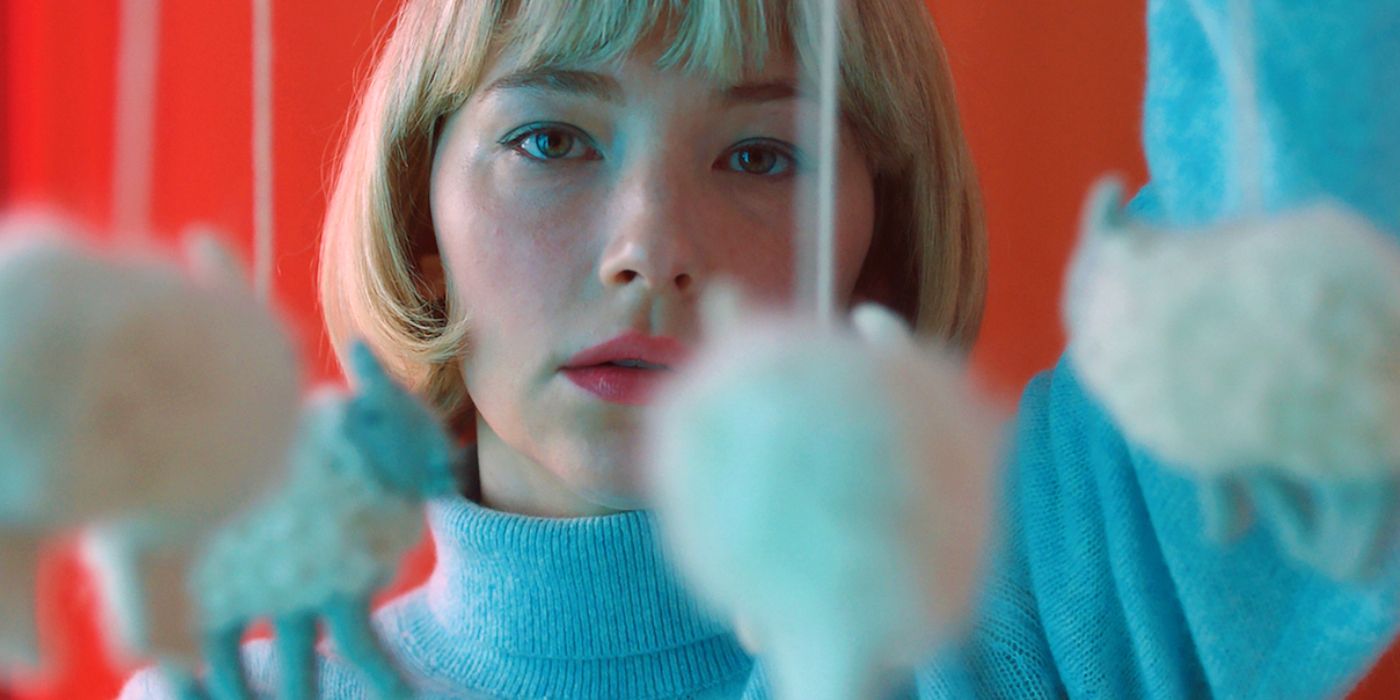
In Swallow, Hunter Conrad (Haley Bennett) appears to lead a blissful married life in a certain sense, as her husband Richie (Austin Stowell) is handsome and successful, granting her material comforts in the form of a lavish house and a luxurious lifestyle. Hunter is reminded time and again by those around her, that life is good, even though she seems distant during conversations and irrevocably alienated from her surroundings.
After she becomes pregnant, Hunter finds herself in an existential crisis, during which she regards a red marble in her hand, and swallows it. For Hunter, the effect is pleasant, addictive, leading to a never-ending urge to consume objects, including a thimble, a chess piece, and a fragment of a figurine. A domestic horror like no other, Carlo Mirabella-Davis’ Swallow is an odyssey about a certain sense of empowerment that springs forth from the loss of total control. Needless to say, Swallow ends on a note that is jarring, even though it is implied that Hunter regains control over her body and finds new-found stability.
5. The Assistant
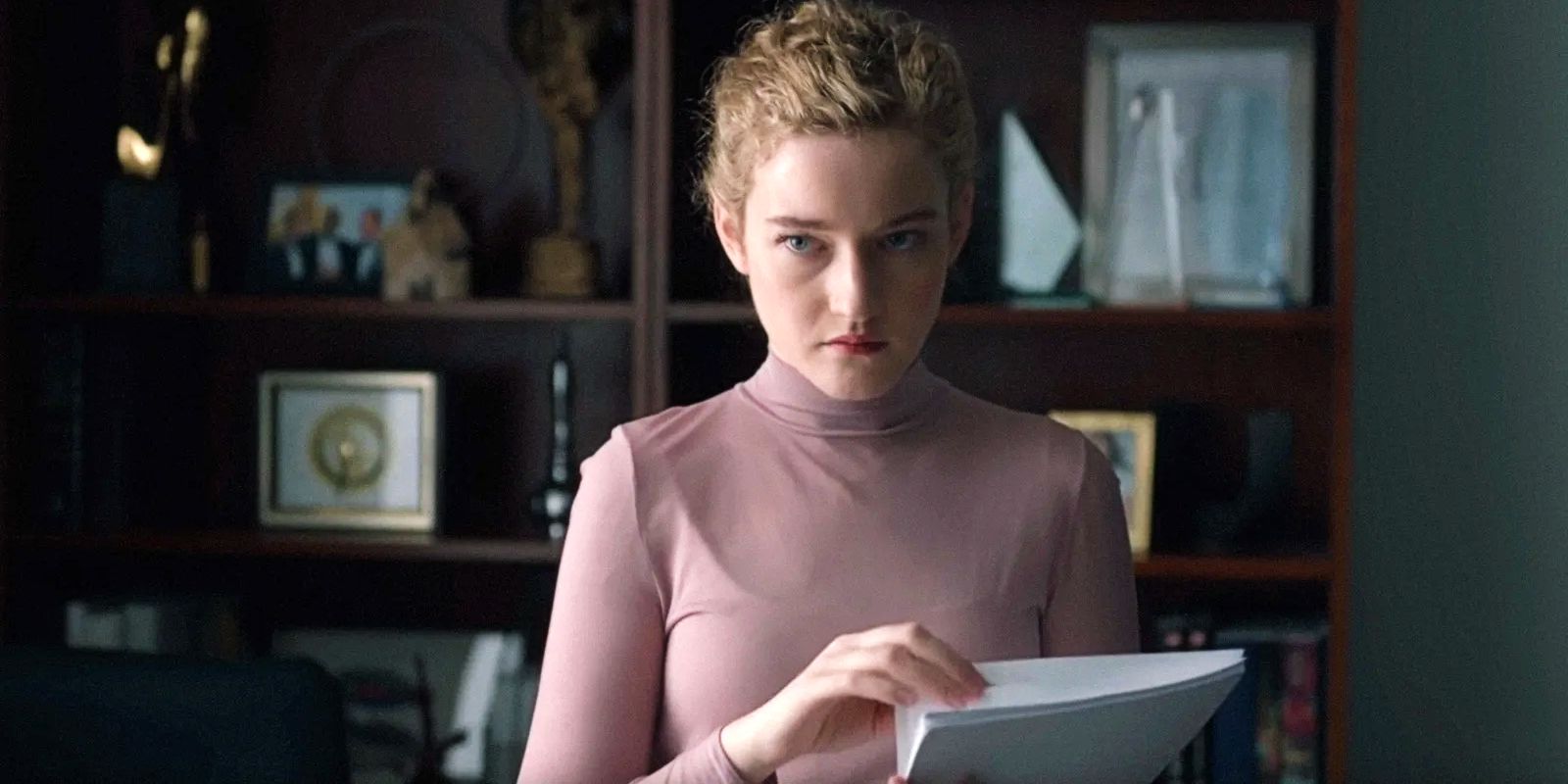
The Assistant sets its premise on the all-too-chilling topic of workplace abuse and harassment, as it reveals the horrors that emerge from the mundane, as opposed to the supernatural. Jane (Julia Garner) is an ambitious college graduate who finds herself working as a junior assistant for an entertainment mogul in New York. While this sounds promising, things take a murkier turn when she has to undergo intense humiliation to appease her boss, a looming predator-figure who is never shown on screen. Jane battles with distressing torment day in and day out, exacerbated by the ruthless compliance and silence of her co-workers, who are only present to mock her agony. The Assistant reflects the toxicity inherent in most corporate work cultures, in which harassment and cloaked passive-aggressiveness are everyday staples, that continue to thrive due to an unspoken subservience to capitalist systems and abusive power dynamics.
4. Bad Education
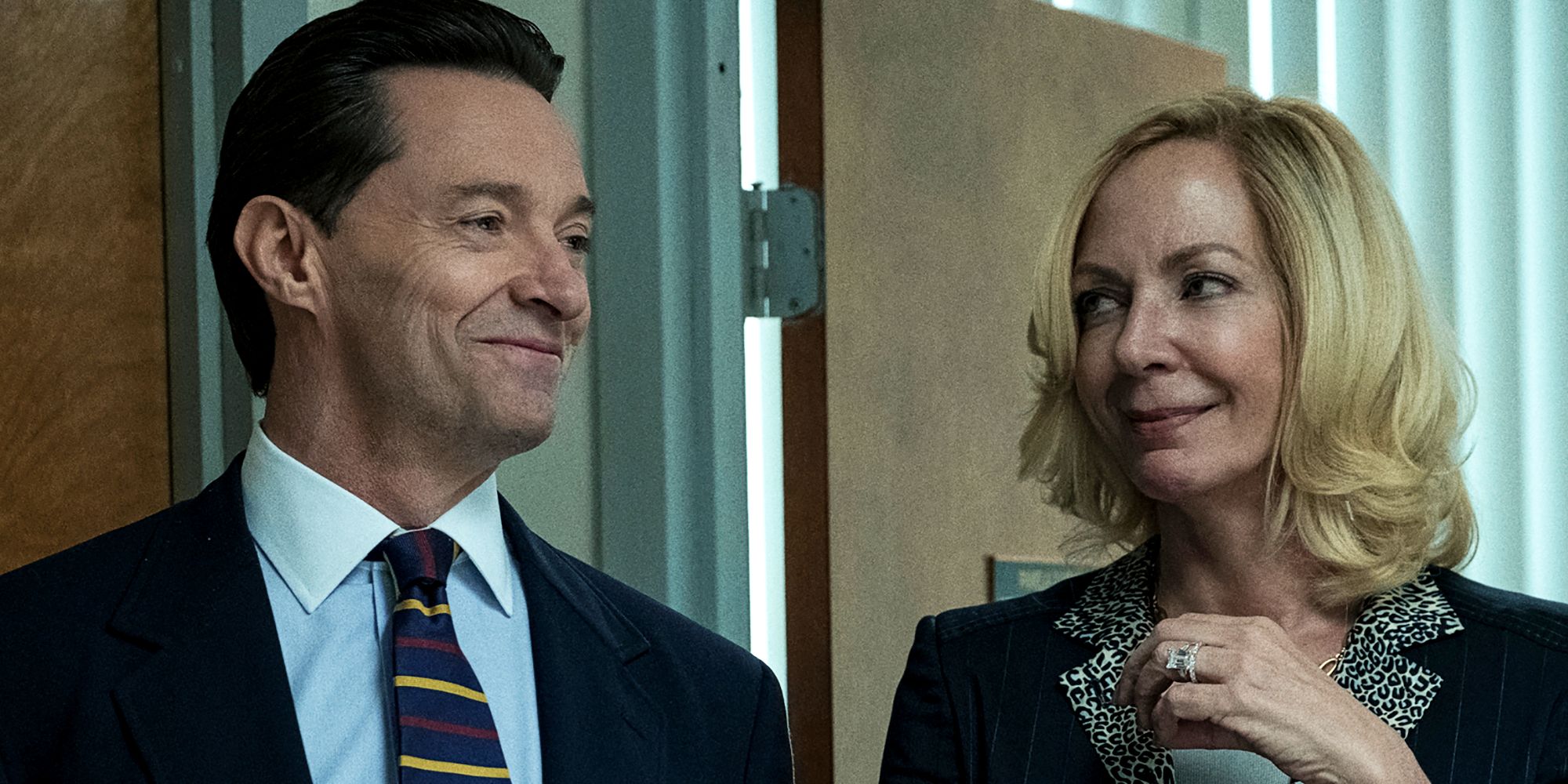
Based on the true story of compulsive liar and master manipulator Frank Tassone, Corey Finley’s Bad Education is a lesson about the pitfalls of hubris, which eventually culminates in tragedy. The film follows Tassone (Hugh Jackman), who has managed to overhaul the education system in Long Island’s Roslyn school district, with the aid of trusted right-hand Pam Gluckin (Allison Janney). Soon, the public school boasts of high SAT scores and Ivy League acceptance rates, with Tassone helping out students on all education fronts. As Tassone prepares to push Roslyn to No.1 in the country with an $8 million project, budding journalist Rachel Bhargava (Geraldine Viswanathan) is encouraged by him to dig deeper – an act of hubris that leads to his eventual downfall.
Bad Education approaches the moral quandaries of the narrative with surprising nuance, especially through the character portraits of Tassone and Gluckin, who feel entitled to luxury for their seemingly-heartfelt public service. Once the scandal is unearthed, Tassone spins a web of lies, blackmail, and manipulation, played to perfection by Jackman, arguably being his most masterful dramatic role to date. The film ends on a cathartic note while delivering narrative perfection from start to finish.
3. Bacurau
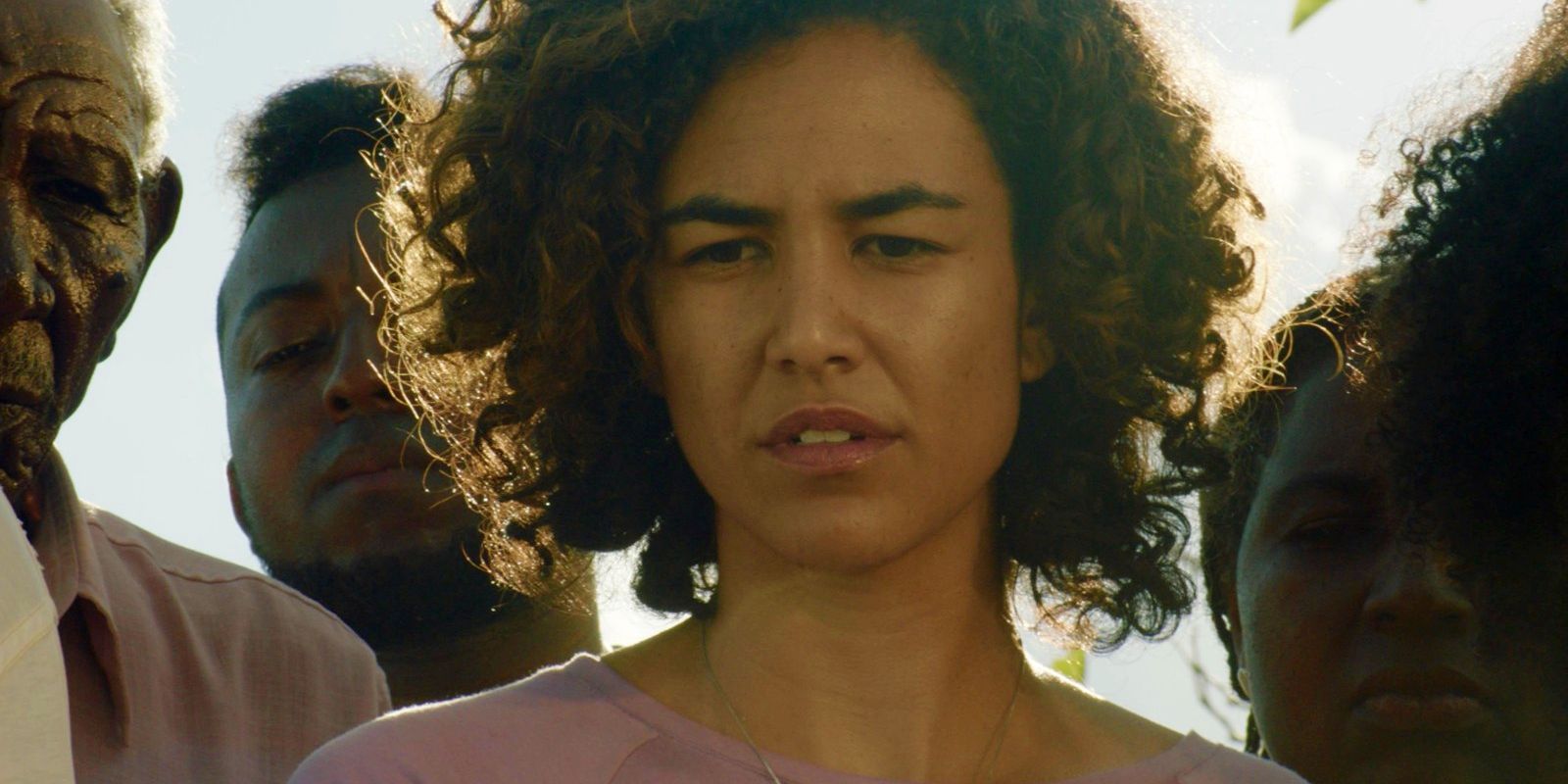
Kleber Mendonça Filho and Juliano Dornelles’ Bacurau is set in the near future, in which the townsfolk of Bacurau face a violent threat after the death of the village matriarch, Carmelita. Unusual events occur amid a dispute over water rights, including unexplained murders, UFO-shaped drones chasing travelers, and entire settlements disappearing from online maps. Assimilating elements of a western and dystopian sci-fi, Bacurau delves into the folds of history, power, colonialism, and surveillance, while evoking visuals that are terrifying and absurd. The second half of the film is drenched in gore and ultraviolence and makes a gripping display of the ability of marginalized communities to stand up for themselves when provoked. Bacurau plays out like a dizzying fever dream while being armed with a string of memorable characters who play their individual parts with startling conviction.
2. Bloody Nose, Empty Pockets
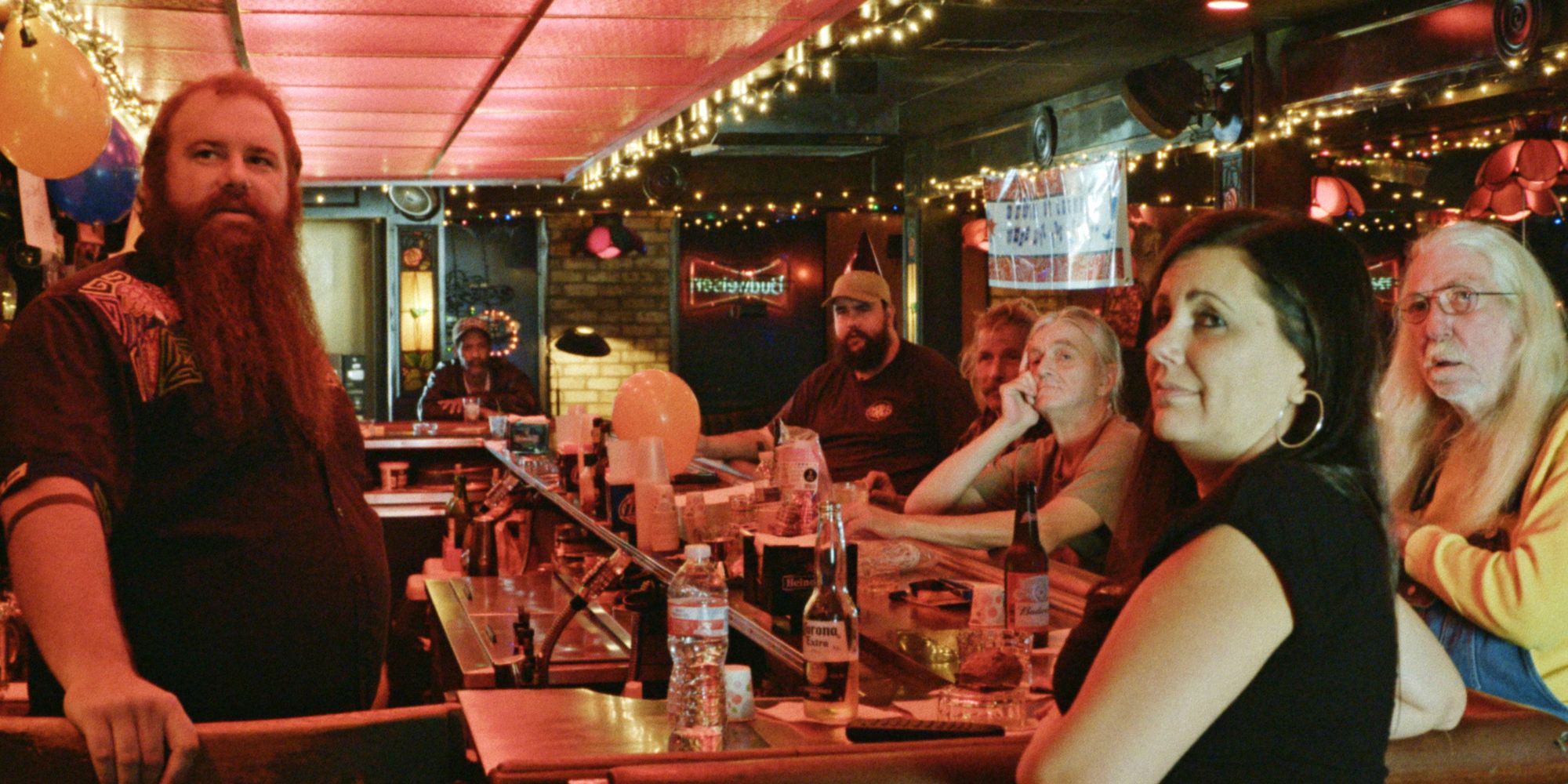
Set at The Roaring 20s, a Vegas dive bar that attracts all kinds of eccentric souls, Bill and Turner Ross’s Bloody Nose, Empty Pockets zooms in on this alcohol-fueled social ecosystem that emerges as a world in its own right. A sense of poetry permeates the bar – the kind that is unkempt and rough around the edges – as the audience witnesses bargoers watching The Misfits on TV and a bartender doing an impressive acoustic rendition of Roy Orbison’s “Crying”. The titular reason why Bloody Nose, Empty Pockets is so fascinating is due to the fact that the drinkers on-screen are in fact unscripted, having being provided an overarching fictitious premise.
Regular barfly Martin (Michael Martin) is forever eager to impart wisdom, while occasionally delving in self-deprecation when he refers to himself as a failed thespian. A series of dramatic events transpire over the course of a single night, including an accidental acid overdose and an elderly woman flashing herself whilst drunk. Bloody Nose, Empty Pockets insists upon the sense of unspoken camaraderie often fueled by alcoholism at a communal level, which often gives way to the absurd and plays out like a drunken reverie, followed by a hangover that feels like a rude awakening.
1. Never Rarely Sometimes Always
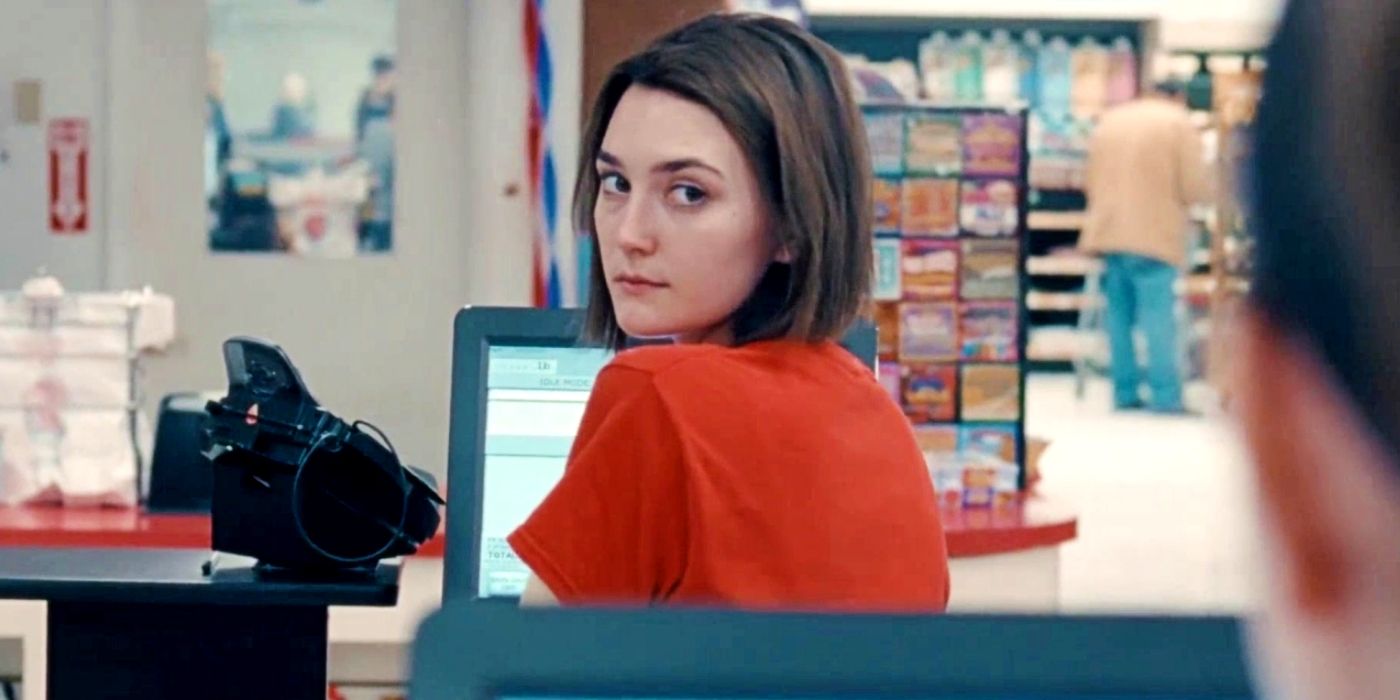
Eliza Hottman’s Never Rarely Sometimes Always can be classified as pure poetic cinema, centering on a portrait of female friendship in bildungsroman form, that comes off as poignantly heartfelt and honest. 17-year-old Autumn (Sidney Flanigan) becomes pregnant, discovering that she cannot get an abortion in her Pennsylvania home town without parental consent, which spurs her to confide in cousin Skylar (Talia Ryder), who agrees to accompany her to New York. Once there, the brilliance of the film truly starts to unfold, as one sees Autumn responding to an array of questions by a counselor, the answers to which are heavy and heartbreaking.
Empty loneliness grips Autumn, especially when she is derided by the audience at her school’s talent contest, in which she plays Exciters’ He’s Got the Power in mournful ballad form. Moreover, the bond shared by Autumn and Skylar is etched in such beautifully-realized emotional palettes, that it is bound to move audiences, due to its sacredly intimate nature. The cinematography in Never Rarely Sometimes Always is breathtaking, owing to French cinematographer Hélène Louvart’s intuitive handiwork. All in all, Never Rarely Sometimes Always is a powerful reminder of the casual misogyny and the brutal passive-aggressiveness faced by women on a day-to-day basis, deeming it the year’s most underrated, and most compelling movie.




